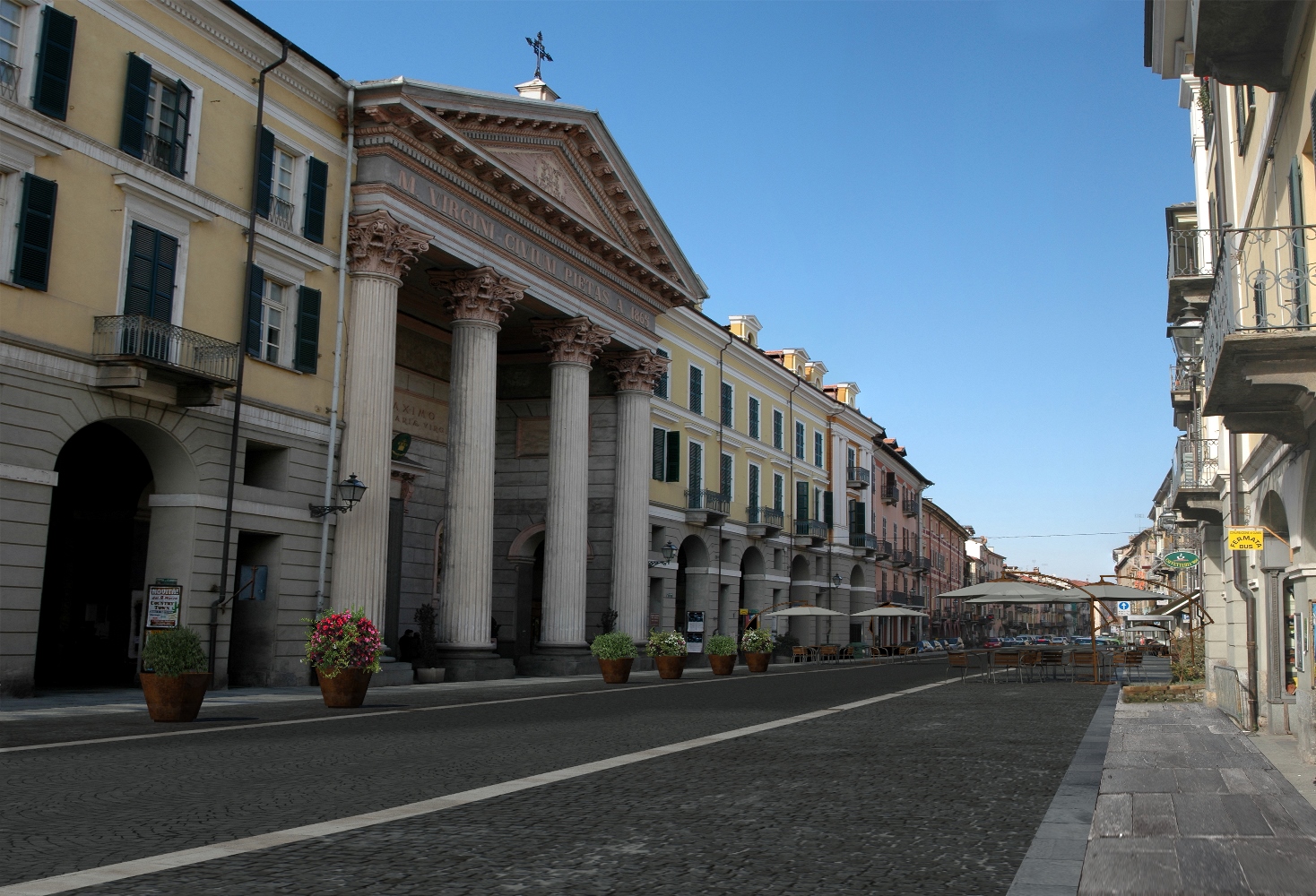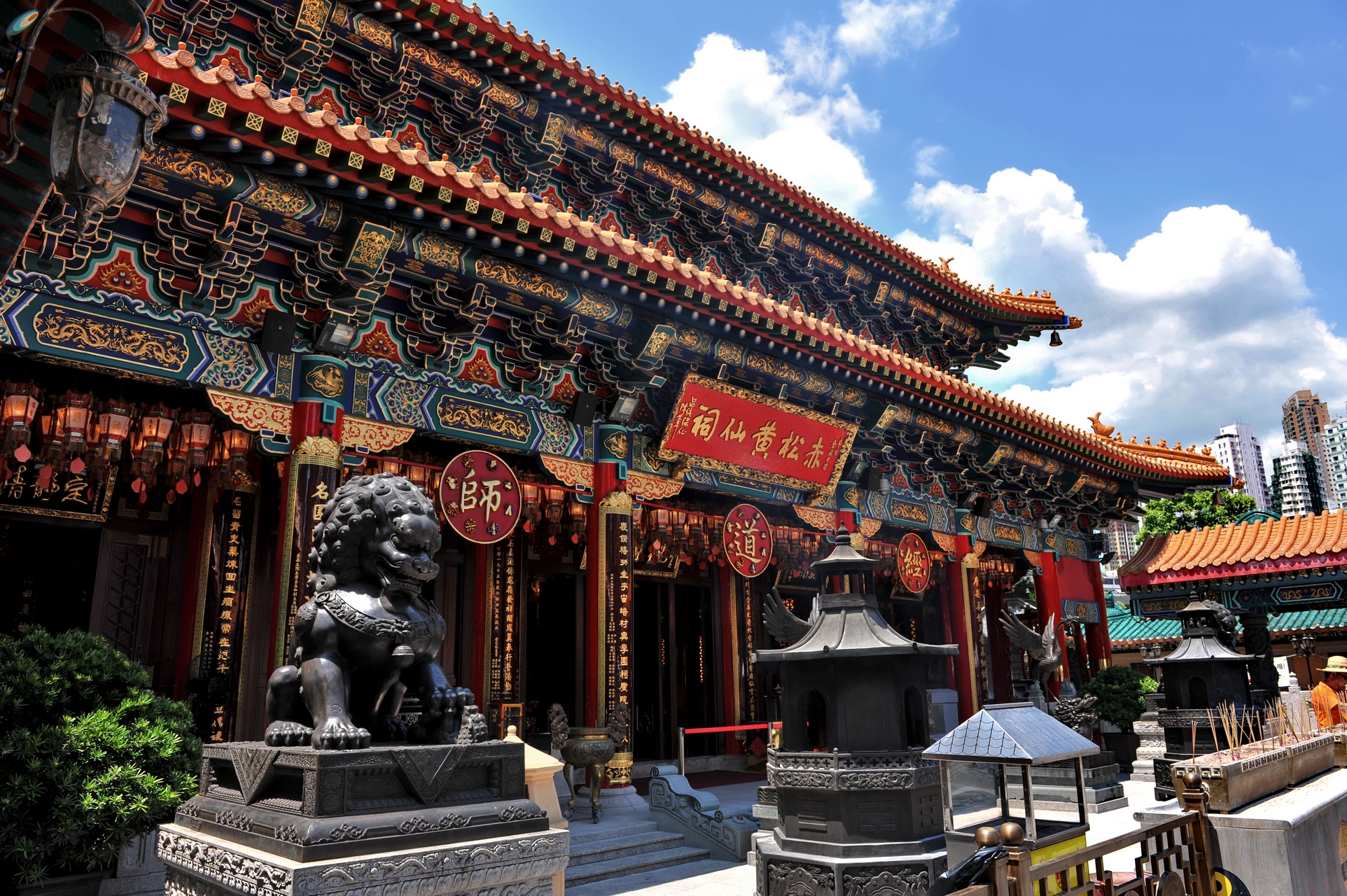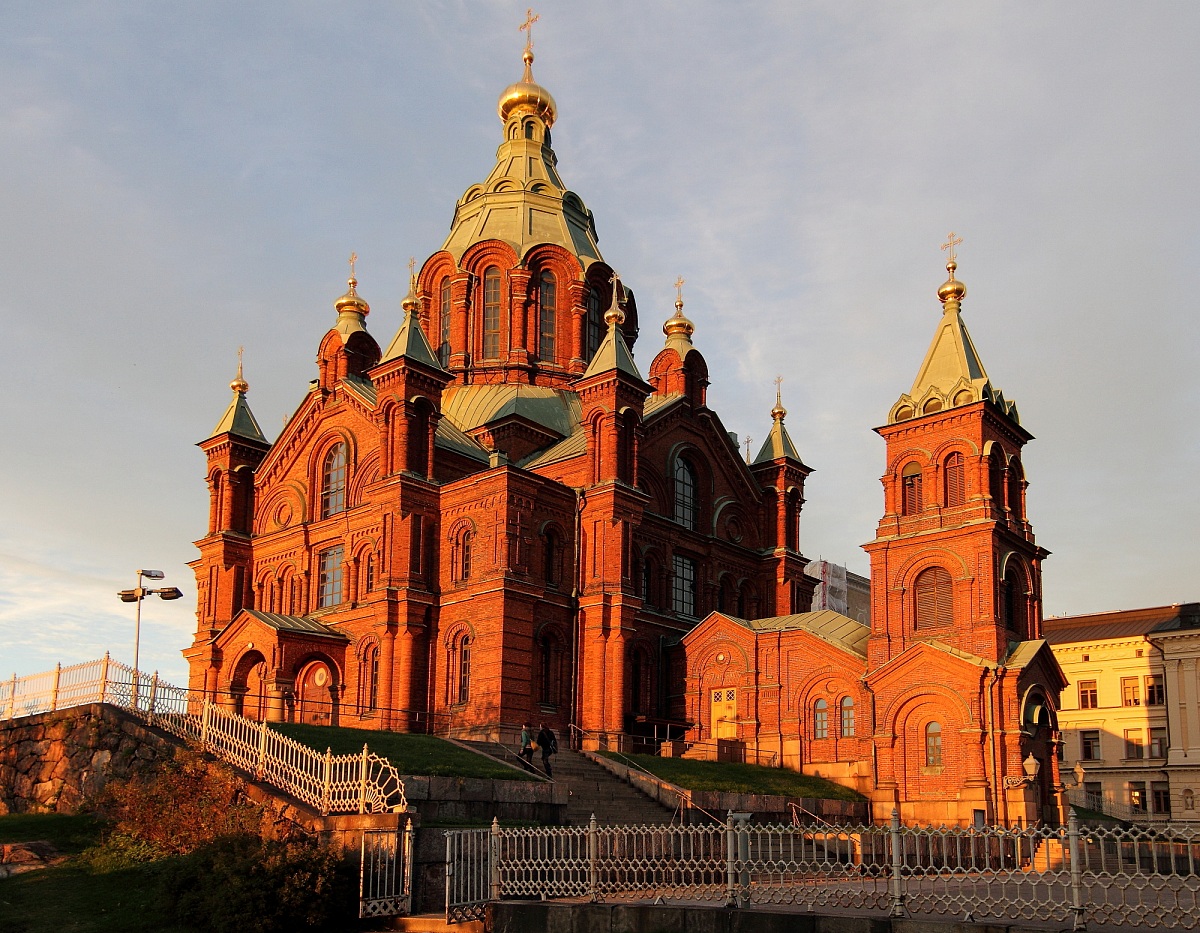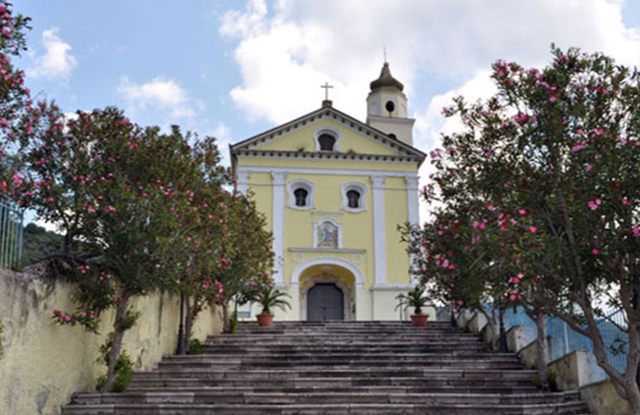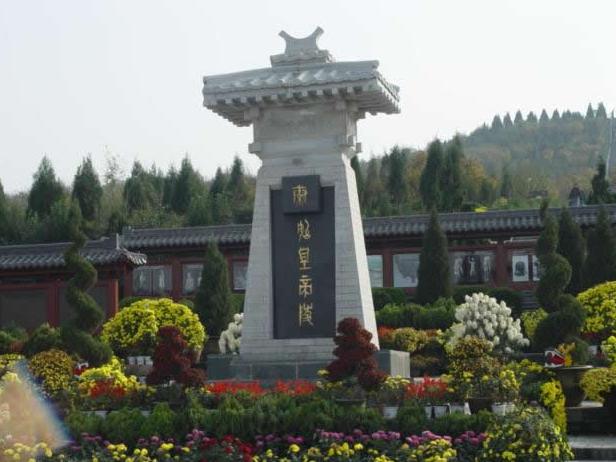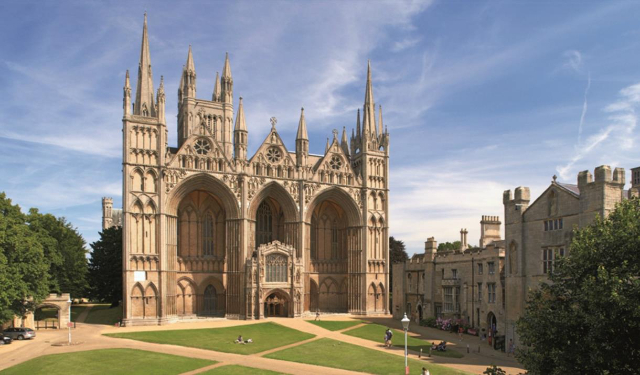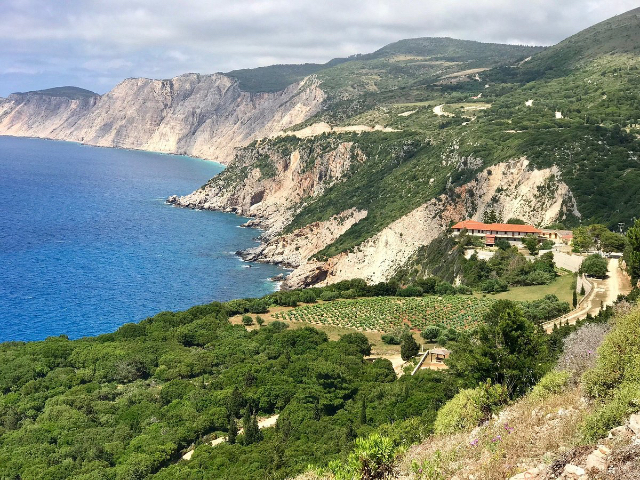Santa Maria del Bosco, a small Benedictine oratory dependent on the abbey of Pedona, became one of the most important parishes in Cuneo after the creation of the Diocese of Mondovì in 1388. In 1683 the church was able to host as many as fourteen altars belonging not only to the noble families of the city, but also to the various artisan guilds (shoemakers, weavers, vine dressers, etc.) The building underwent various interventions during the course of the 17th century, such as the reconstruction, following the collapse of the dome in 1656, on a project by Giovenale Boetto, from 1657-62 . Having escaped the demolition of the city walls by the French, the church became a cathedral with the institution of the diocese in 1817. In 1863-66, with the realisation of the neoclassical façade, the building was linked to the porticoes and ideally to the nearby square (today Piazza Galimberti). There are many works of art that deserve particular attention inside the church: the stone baptismal font from 1490, attributed to the Zabreri workshop, the splendid 18th century choir stalls and the imposing altar of the Rosary Chapel, with twisted columns in red marble, from the church of Sant’Agostino in Mondovì. Among the paintings, of particular relevance is the altarpiece of the choir with the Madonna with Child and Saints Michael and John the Baptist by Andrea Pozzo and the 17th century paintings in the chapel of San Giuseppe attributed to Caravoglia. Noteworthy is the eighteenth-century wooden crucifix attributed to Plura and kept in the chapel of the same name.
